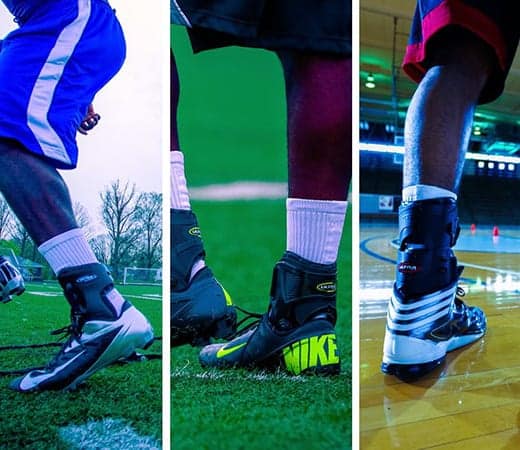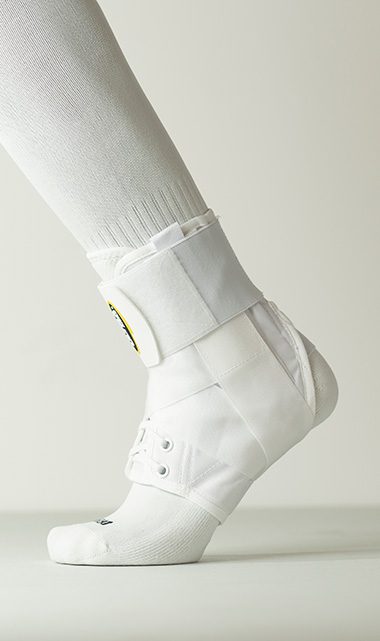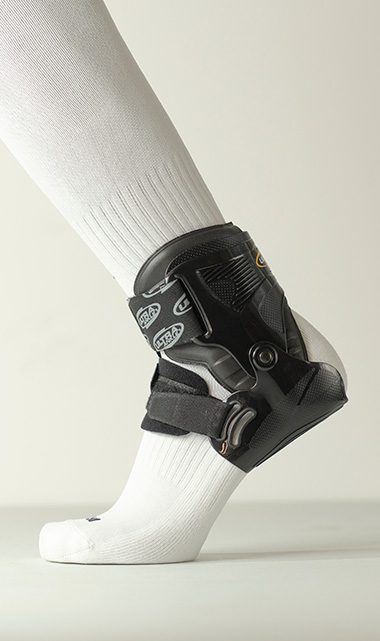Founder Rick Peters on His Idea that Changed Ankle Bracing Forever
As a student athletic trainer at Indiana State University, I spent a lot of my time working with the football team and taping the players’ ankles. For those who had ankle injuries, the only bracing option available was a stirrup or splint-style ankle brace, without a hinge. So I got to thinking, “Why can’t we add a hinge to this brace and give these athletes some range of motion?”
That first spark of an idea launched my journey as an inventor focused on developing ankle braces that work with your ankle to move naturally and fully, whether you’re coming back from an injury or trying to avoid one.
Like most innovators, I ran into challenges on my journey. How do I make a prototype to test? Do I need to file for a patent? Should I start a company?
I built many prototypes over the years, each one better than the last. With help from my parents, I filed for a patent and started my first company Active Innovation. We made 500 ankle braces and gathered product feedback so that we could keep refining and improving the hinged ankle brace technology.
After more years of development and testing, Active Ankle Systems was born in 1989. Through our creation of the Active Ankle® brace, for the first time athletes had an ankle bracing option that gave them a full range of motion to run and jump without restriction. Feeling like my work at Active Ankle Systems was done, I left the company to pursue other opportunities.
Developing the Future of Ankle Bracing
Then, in the late 1990s, as a certified athletic trainer with a passion for innovating, I couldn’t resist getting back in game. I was frustrated there wasn’t an adequate ankle bracing solution on the market to help athletes deal with high ankle injuries. That mattered because, compared to low ankle injuries, high ankle injuries are more severe and take longer to heal.
I set out to fix that problem.
Although the first hinged ankle brace I designed restricted excessive ankle inversion (turning), it wasn’t designed to restrict excessive ankle rotation (twisting) that causes high ankle injuries. So I began to work on developing a new ankle brace created to specifically address high and low ankle injuries.
Based on Science and Built for Performance
In 1999 we released the first ankle brace to help prevent both low and high ankle injuries. The brace was created using revolutionary hinged-cuff technology. The cuff portion of the hinged design is a rigid connection between both sides of the brace, providing tremendous stability to help restrict excessive ankle turning and twisting. With the development of this new hinged-cuff we had started something special and found a way to help certified athletic trainers and sports medicine professionals treat those with acute ankle injuries while also offering durable, comfortable protection.



